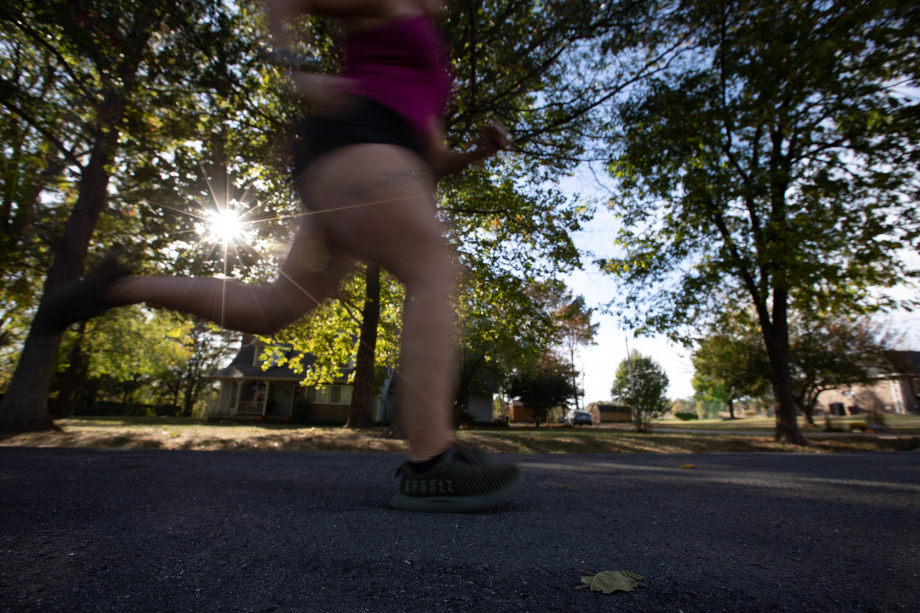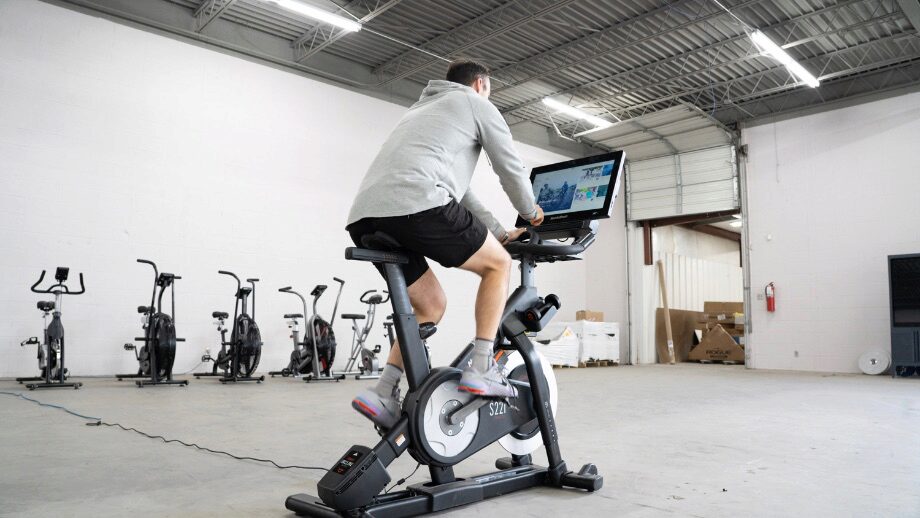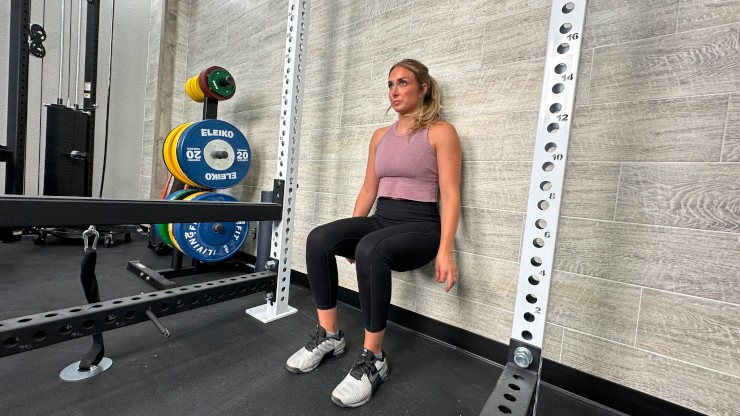Is cross-training for runners really worth it? You may think that the best way to get better at running is to run more. And that’s true—sorta. Strength training and cross-training workouts also play a key role. A sound training plan that includes cardio, weight training, and other fitness disciplines such as Pilates can be great for improving performance as well as injury prevention.
We’re not saying that you need to enter a bodybuilding or CrossFit competition, or anything of that magnitude, but adding cross-training to your program can help you improve imbalances and even improve the quality of your running workouts. We’re going to cover what you need to know about cross-training, why it’s so important to include them in your training sessions, what you should not do, and even suggest the best cross-training exercises you can do. You may find that implementing cross-training is easier than you think, and you’re very likely to enjoy the benefits that come with it.
What Does Cross-Training Mean?
As you may have guessed, cross-training is blending multiple fitness disciplines in a way that will help you improve your performance for your particular sport. In other words, you train modalities across the fitness spectrum. Generally speaking, it means you’ll be combining aspects of cardio, weight lifting, flexibility, balance, and mobility.
Why Should Runners Do Cross-Training
Building leg muscles can improve muscular endurance to withstand longer runs, like half marathons. However, strength work also protects the joints against the constant pounding that happens when you run. That’s why many running coaches add cross-training to their various programs.
Runners need more than strong quads and glutes to be their best. Training to improve core strength and, yes, even the upper body, is very important in order to improve performance. For example, core strength plays a large role in holding the body upright during sprints.
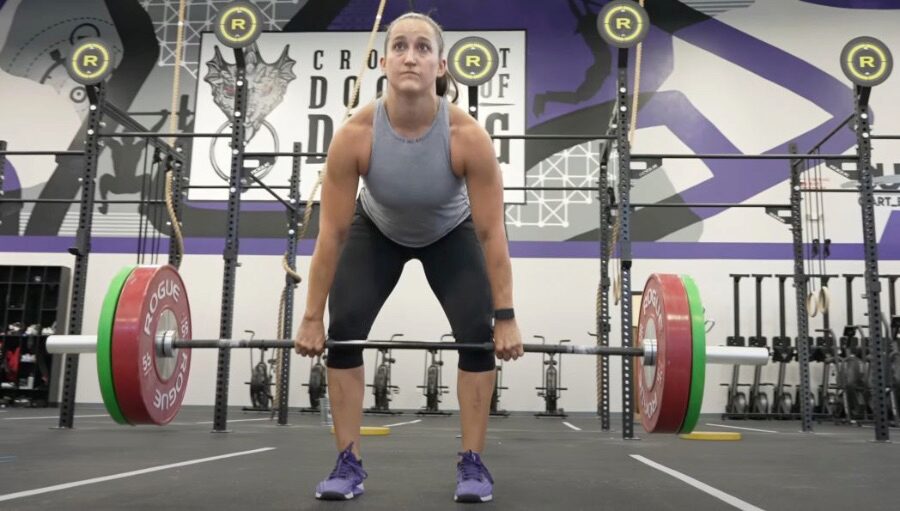
Having a training plan that is balanced and requires you to move in different directions with a combination of high-impact and low-impact activities will go a long way in making you a better runner as well as an overall athlete. Remember that your body is also going to be used a lot in everyday life, which is why cross-training can be so beneficial.
RELATED: Best Online Workout Programs
Besides the above reasons, there are others that will come with regular cross-training:
- Better body control
- Improvement of cardiovascular fitness and muscular endurance
- Minimizing the risk of injury
- Strengthen ligaments and tendons as well as the muscles
- Mental and physical breaks from the toll of running
- Serves as active recovery if you are trying to come back from an injury such as runner’s knee
How Often Runners Should Cross-Train
Jacob Penner, certified personal trainer and a former track coach, advocates implementing some form of cross-training to the programs of athletes he works with.
“Runners should cross-train three to four times a week, and it doesn’t need to be a standalone session,” Jacob says.
He also says that it can be easy to add a quick cross-training workout to your training schedule.
“It might just be a 30-minute workout you tack on at the end of your run,” he explains.
Schedule in rest days to allow your body to recover. Two complete recovery days would be best, but make sure you get at least one.
6 Do’s and Don’ts of Cross-Training For Runners
As with every form of fitness, there are certain ways to implement cross-training workouts, and there are tactics to avoid. These basic do’s and don’ts can be applied easily and will help you prevent making unnecessary mistakes.
1. Do Strength Training
You don’t need to train all the muscle groups individually as a bodybuilder would, but strength training with an upper/lower split or full-body workout programs can actually enhance your running performance. Even using bodyweight movements such as push-ups and pull-ups at home can be beneficial if you don’t have access to weights or a health club.
RELATED: Strength Training for Runners
2. Do HIIT Workouts
Alternating high-intensity and moderate-intensity efforts on a machine such as an elliptical or rower can help you. These are low-impact cardio workouts compared to running but still challenge and potentially grow your aerobic capacity.
3. Keep Options Open
You don’t have to feel locked in to a certain cross-training program. As a matter of fact, you should try as many different styles of training as possible so your body can reap even more benefits of cross-training. Use barbells, dumbbells, and weight machines, but also do classes such as yoga and even aqua jogging in a pool. As long as you’re keeping your heart rate up and challenging yourself, you should see positive results.
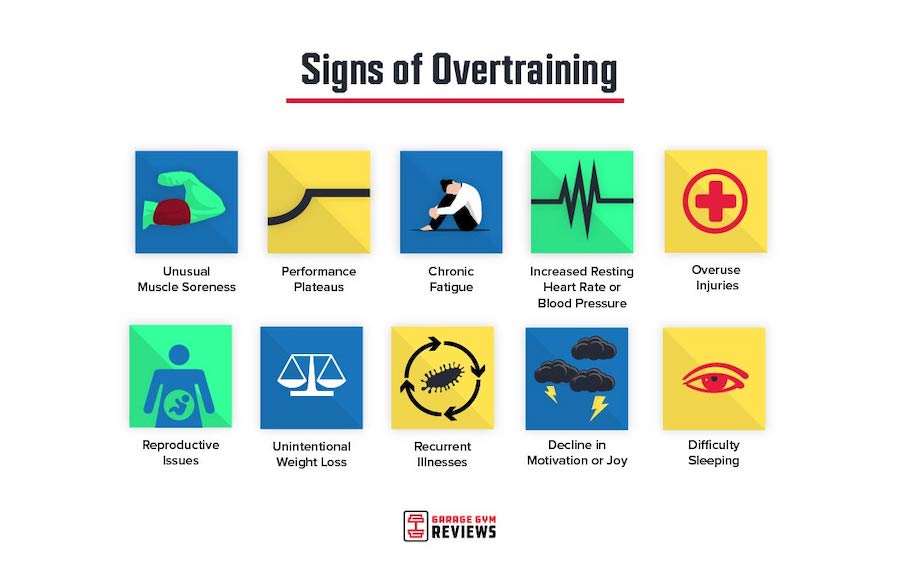
4. Don’t Overtrain
Overtraining can be counterproductive both physically and mentally. It can lead to burnout and increase the risk of injury. Some cross-training activities such as classes or stretching can be used as active recovery, which would be okay. Doing hundreds of lunges after a full run wouldn’t improve recovery. Working in rest days allows you to recover and prevents overuse injuries.
5. Don’t Skip Warmups
Even if you just got done running, your body needs to be properly prepared for a cross-training workout. Warming up for a few minutes for the specific form of activity you’re doing can be a difference-maker. If your plan calls for squats, use the bar or only your bodyweight before you begin with serious weight. Assuming you can attack the workout without warming up is a quick way to get hurt.
6. Don’t Be Afraid to Try Something New
The whole point of cross-training is to find ways that you need to improve. If you find a weakness that you need to work on, find something that you’re not used to doing so you can get better. Different movement patterns and training methods could be exactly what you need to see the results you want.

Cross-Training Exercises Runners Should Do
Going through a random workout program you find online could help, but it would be wise to commit your energy into exercises that will actually make you better.
Jacob, who has coached youth and adult athletes, has some personal favorite movements for runners, whether they are track athletes, marathon runners, or recreational joggers. Add these to your training program.
Lateral lunges: “Runners should do cross-training exercises that get them moving in different planes, like moving side to side. Doing so will aid in injury prevention,” Jacob says.
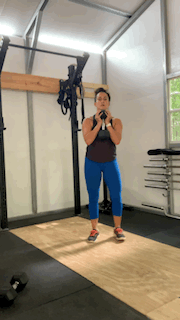
Box jumps: “Exercises like box jumps are good for practicing rapid hip extension at a speed they don’t see in long distance running. It improves a runner’s force-velocity curve – if they want to move faster, they need to practice moving faster.”
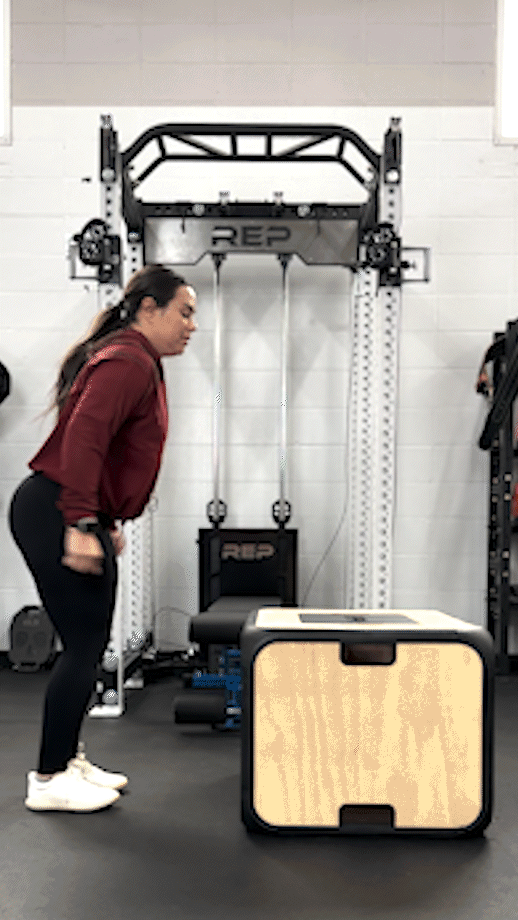
Lateral shuffle drills: “Lateral shuffles strengthen the hips, which aids in having better posture while running as well as preventing common issues you see in runners like IT Band syndrome.”
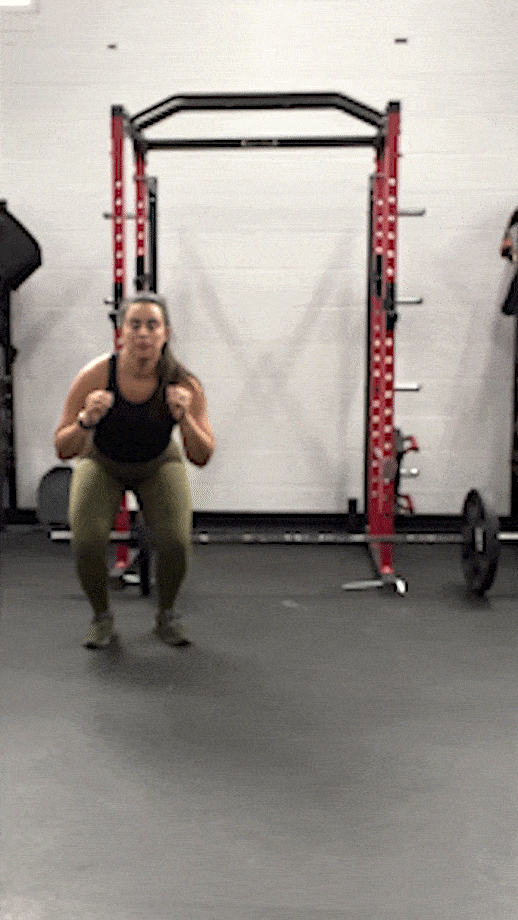
Deadlifts: “Deadlifts put a lot of demand on the hamstrings and the posterior chain as a whole. They help to build the strength to withstand the load you put on your body while running.”
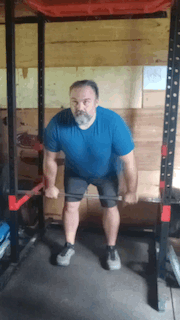
Power cleans: “Power cleans make you move fast under load, which helps train speed strength.”
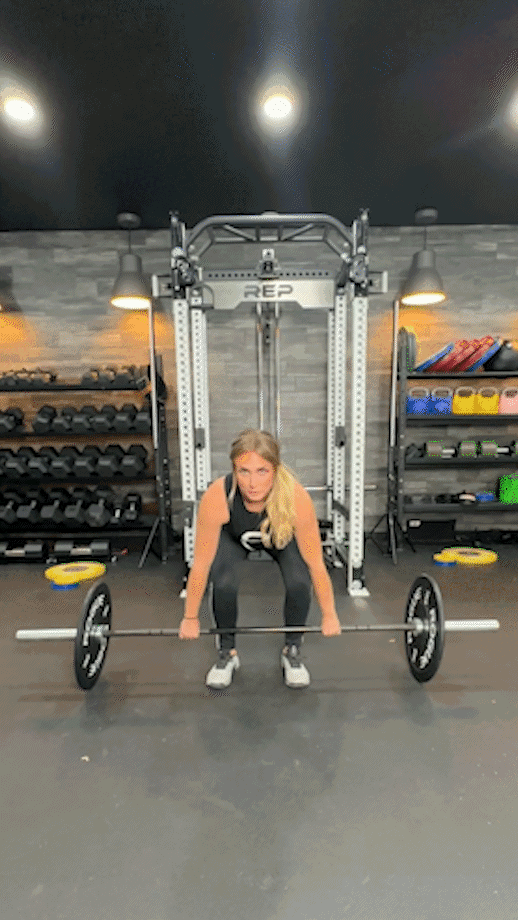
Final Thoughts
Cross-training workouts may initially seem awkward and unusual, but they can make a big difference in both your running performance and in keeping you injury-free. Training to become a better athlete can help you become a better runner both now and in the future. Cross-training programs can even help promote recovery.
You can create your own cross-training programs or work with a coach or trainer who you feel comfortable with to come up with a solid plan that will help you achieve results that will translate to the track, path, or course you’re competing on. Whichever way you choose to implement cross-training, you’ll be glad you did when you notice the changes and improvements on race day or your next personal challenge.
Cross-Training for Runners FAQs
Why is good cross-training for a runner?
Cross-training will help you identify weaknesses that you can improve upon in order to become a better runner. It strengthens the muscles you use while running, which can improve performance as well as prevent injury. Cross-training can also be a way to achieve maximum personal fitness in ways that can transfer to your everyday life.
Is cross-training good for distance runners?
Yes, cross-training can benefit runners that are competing in the 100-meter dash or doing marathon training, and everything in between. Your coach or a trainer can help you find the best exercises that will help you improve for the type of running you wish to improve performance for.
How often should I cross-train if I’m a runner?
Three or four cross-training workouts a week would be plenty, and you can schedule them around your runs. Even 30-minute training sessions after a run can make a positive difference for you.


